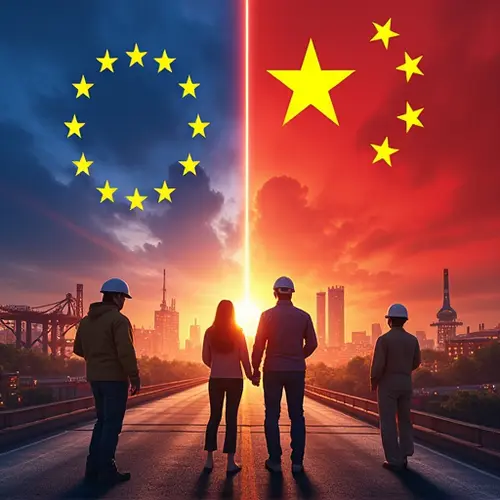
Europe's Strategic Position in the US-China Trade Battle
Navigating Industrial Policy Between Two Giants
The European Union (EU) finds itself in a delicate balancing act as the trade tensions between the United States and China continue to escalate. With both superpowers vying for global economic dominance, the EU's industrial policy has become a focal point of strategic maneuvering.
EU-China Trade Relations
The EU is China's largest trading partner, and China is the EU's largest trade partner, a relationship governed by the 1985 EU-China Trade and Cooperation Agreement. However, recent years have seen the EU adopt a more critical stance, referring to China as a "systemic rival" while maintaining cooperation in areas like science and technology.
The Comprehensive Agreement on Investment (CAI)
Negotiations for the EU-China Comprehensive Agreement on Investment (CAI) began in 2014, aiming to deepen economic ties. However, the deal has faced significant hurdles, including political backlash and concerns over China's human rights record. The European Parliament froze ratification in 2021, reflecting growing skepticism.
US Influence and Strategic Autonomy
The EU's pursuit of strategic autonomy has been complicated by US pressure. While the Biden administration seeks to reassert US leadership, the EU aims to maintain its independence, particularly in trade and industrial policy. This tension underscores the challenges of navigating a multipolar world.
Future Outlook
As the US-China trade war intensifies, the EU must carefully calibrate its policies to avoid over-reliance on either power. Strengthening internal markets and diversifying trade partnerships will be key to maintaining its position as a global economic player.

 Nederlands
Nederlands
 English
English
 Deutsch
Deutsch
 Français
Français
 Español
Español
 Português
Português